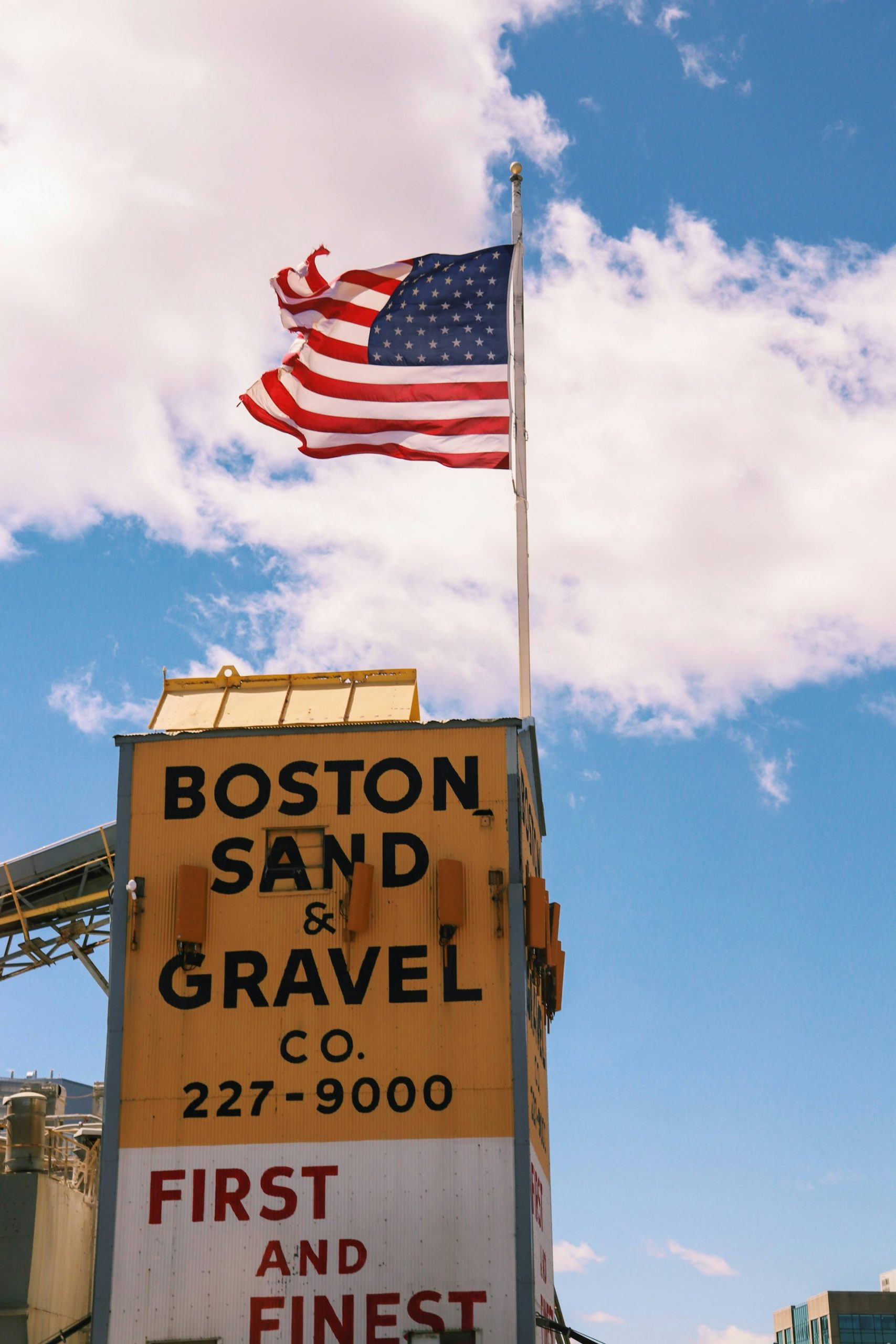Introduction
Welcoming the fluttering beauty of hummingbirds into your garden can be a delight for any outdoors and nature enthusiast. In Massachusetts, creating a garden that attracts hummingbirds requires careful selection of native and non-native fast-growing flowers. These resplendent birds, with their iridescent plumage, play a significant role in pollinating your flowers while they feed on nectar, plus they provide a stunning spectacle for anyone fortunate enough to see them. By understanding the rapid growth rate and the attraction attributes of specific flowers, your garden can become a buzzing hub for hummingbirds in no time. Moreover, for those who don’t mind waiting, the selection of long-term project flowers will prove highly rewarding.
Climatic and Growth Conditions Prefatory
Massachusetts offers a diverse range of climates from mild coastal regions to chillier inland areas. Temperatures vary widely from 0°F in the winter to an average of 80°F in the summer. Many parts of the state receive enough sunshine for growing a variety of flowers. However, specific considerations for southern Massachusetts are needed, as it has a comparatively milder climate and sandy soils due to its proximity to the coast.
Fast-Growing Flowers to Attract Hummingbirds
The following are some fast-growing flowers you can consider planting. They don’t require significant maintenance and, most importantly, native flowers attract hummingbirds efficiently.
- Jewelweed (Impatiens capensis): An annual flowering plant that prefers part to full shade, Jewelweed can grow to the height of 2-5 feet. With its trumpet-like, vibrant orange or yellow flowers, it creates an irresistible allure for hummingbirds.
- Anise Hyssop (Agastache foeniculum): This perennial plant grows well from seed and even self-seeds in ideal conditions. The purple flowers resemble tufted spikes, providing an impressive feast for your fluttering guests.
- Beebalm (Monarda didyma): An easy-to-grow perennial that spreads swiftly through seeds, Beebalm sports vibrant scarlet-red tubular flowers that are a hummingbird’s delight.
- Blue Sage (Salvia azurea): This herbaceous perennial prefers full sunlight and can manage dry and poor soil conditions. Its long-blooming period (midsummer to midfall) and its pale purplish-blue flowers are an open invitation for hummingbirds.
Native Massachusetts Flowers for Hummingbirds
Native flowers offer a variety of ecological benefits, including attracting native bird species like hummingbirds. These plants are better adapted to local climates and conditions, making them ideal for growth and sustainability.
- Columbine (Aquilegia canadensis): This variety offers unique, red, and yellow bell-shaped flowers that are a hummingbird favorite. They are suitable for all parts of Massachusetts and are a great way to begin hummingbird-watching early in the year as they bloom in spring.
- Wild Bergamot (Monarda fistulosa): Wild Bergamot or Bee Balm offers pale purple tubular flowers that are irresistible to hummingbirds. It is a perennial and grows quickly in a variety of soils and climates across Massachusetts.
Longer-Term Projects: Flowers Worth the Wait
If you don’t mind playing the long game, here are some flowers that require more time to grow but attract hummingbirds just as robustly.
- Buttonbush (Cephalanthus occidentalis): This native shrub produces spherical, fragrant white flowers that hummingbirds cannot resist. Though it takes time to mature, the end result is rewarding.
- Cardinal Flower (Lobelia cardinalis): This majestic perennial sports eye-catching scarlet-red tubular flowers that naturally draw hummingbirds. They prefer damp conditions, so be prepared to water them regularly.
- Phlox (Phlox paniculata): Phlox features clusters of flowers that bloom from early summer until frost, providing a long-lasting feast for hummingbirds.
Practical Tips and Additional Considerations
Make your Massachusetts garden friendly for both native and migratory hummingbirds with the right mix of nectar-producing flowers. By carefully selecting a combination of quick-growing flowers, native perennials, and longer-term blooms, you can create a beautiful and vibrant garden that hummingbirds will visit again and again.
- Nurseries and Seed Providers: In Massachusetts, several native plant nurseries such as A Wing and a Prayer Nursery, Blue Stem Natives, and The Monarch Gardener offer seeds or seedlings for hummingbird-friendly plants.
- Planning: Don’t forget to plan for flowers that bloom throughout the season to ensure a continuous supply of nectar for hummingbirds.
- Health: Monitor your garden’s health and protect it from pests and diseases that may affect plant growth and reduce nectar production.
Conclusion
With the bustling activity of hummingbirds in mind, creating a thriving oasis in your Massachusetts garden can be an engaging and fulfilling project. From fast-growing floral delights such as Jewelweed, Anise Hyssop, and Beebalm, to native gems like Columbine and Wild Bergamot, and ultimately, long-term investments like Buttonbush, Cardinal Flowers, and Phlox – your garden can become a haven for these delightful pollinators. Intricately linked to the life cycle of these magnificent creatures, you can stimulate an eco-friendly environment by strategically planning your garden. Ultimately, the cascading hum of wings will echo the vibrant life these flowers bring forth, etching a perfect harmony in your backyard.

